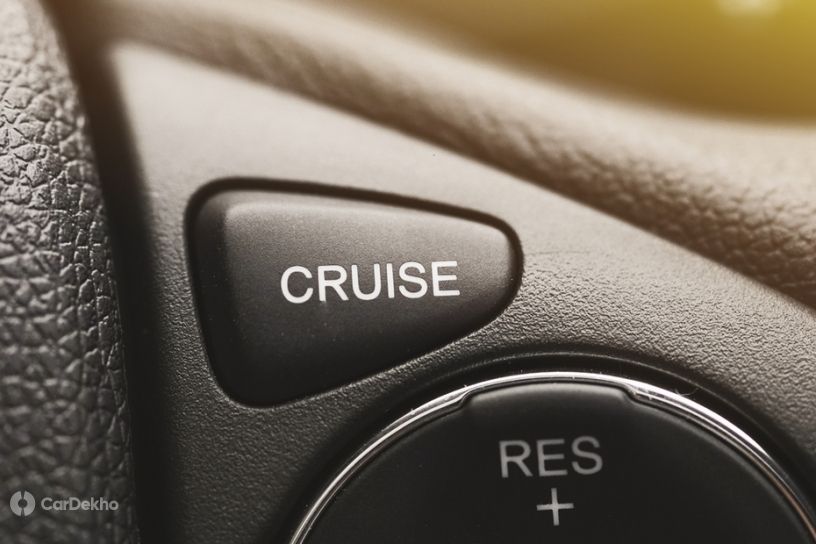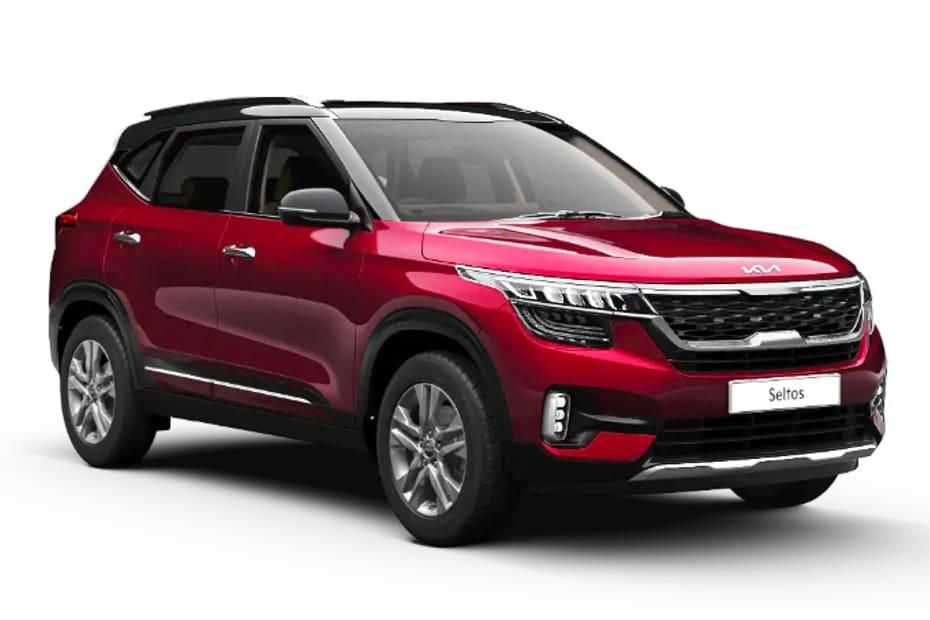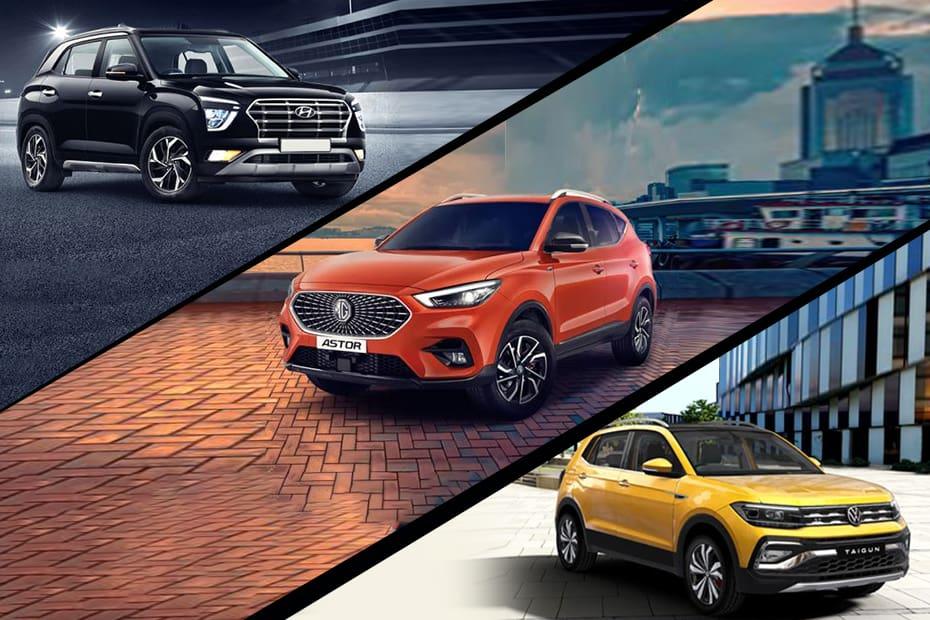Cruise Control: Do You Really Need It?
Modified On Sep 13, 2020 12:33 PM By Dhruv
- Write a comment
Cruise control has now made its way into sub-Rs 10 lakh cars, but should you go for a higher variant just for the feature?

Rewind the clock a decade and cruise control was only a myth in cars under Rs 15 lakh. Now, however, it’s become a reality, even in cars that cost less than Rs 10 lakh. But it is still a feature generally reserved for the top variant of such cars. So should you go for that higher variant just because it offers cruise control or can you do without it? To find out, we list down the pros and cons of the feature:
Pros
1) Keeps Your Leg Relaxed

The primary work of cruise control is to automatically maintain a constant throttle so that your foot doesn’t have to do that job. This means you can rest your foot on the floor of the car so that it stays relaxed. This is especially helpful when you are doing long highway stints and need to maintain a constant speed throughout.
2) Improves Fuel Efficiency

A positive side effect of constant throttle is that your engine doesn’t have to keep changing the amount of work it is doing. In layman language, the engine operates at constant RPMs which means it consumes less fuel. In the long run, like on long highway journeys, cruise control has the potential to increase your fuel efficiency by 10 to 15 percent.
3) Keeps Your Speed In Check

Most people prefer driving at normal speeds, but when the road is wide and the visibility good, you can end up speeding. Most of the time, drivers don’t even realise until they glance at the speedometer. However, high speed means less time to react to changing road conditions. Using cruise control also means you don’t go past a certain speed. Simply set a speed limit and let cruise control do all the work.
4) Let’s You Increase And Decrease Speed With Buttons

Traditionally, the accelerator pedal is used to increase the speed of a car and the brake pedal to slow it down. However, with cruise control, even buttons can do this job. But before you start doing this regularly, familiarise yourself with how it works as it can feel quite unnatural to increase or decrease speed using buttons. It is advisable to first practise this in a safe area.
5) Works Quite Well With Automatic Transmission

Cruise control takes care of the acceleration but if you have a car that utilises an automatic transmission, you don’t even have to worry about changing gears. As the computer onboard already does that job, it simply works in tandem with cruise control and changes gears according to the increasing or decreasing speeds. This means the driver only has to focus on steering the car, with the onboard computers taking care of the rest.
Also Read: Mid-spec Mahindra Thar AX Opt Variant Spied For The First Time; Gets A 7-Slat Grille
Cons
1) Limitations In India

Cruise control works best on long, wide and mostly straight highway roads where drivers are disciplined and follow set protocols. While India does have some excellent highways, many drivers still flout rules which can create an environment of unpredictability on public roads. Coupled with the fact that dogs, cows and other wild animals are a common sight on Indian roads, it can often become difficult to keep cruise control engaged for long stints.
2) Increases Reaction Time

As discussed above, in India, emergency intervention of the brakes is often required to avoid obstacles on the road. Now, usually, when you’re not using cruise control, you would only have to move your right foot from the accelerator pedal to the brake. However, when you are using cruise control, your right foot is generally resting on the floor of the car, which means it takes longer to reach the brake pedal. This increased reaction time can often be the difference between avoiding an obstacle and crashing into it.
3) Induces Drowsiness

If you manage to engage cruise control for long stints, you could end up feeling drowsy. This is because everything around you is happening at a constant speed, which in the long run, lowers your alertness levels. It is advisable to take manual control of the car once every 10 to 15 minutes when using cruise control.
4) Not Useful At Night

Cruise control becomes obsolete at night due to poor visibility. Even in areas that have street lights, you can’t see as far as you would be able to in daylight. So when you engage cruise control and give up some control over the car, you could start feeling anxious. This is not only applicable on unknown roads but also your everyday routes.
5) Can’t Enjoy It Fully With A Manual Transmission

In a manual transmission car, you are required to change gears by yourself. Now, while cruise control can take care of the acceleration or deceleration part of things, you will still need to change gears to keep the engine spinning in its optimal RPM range. This becomes slightly tedious when you have to slow down and then increase your speed again. Although this isn’t an outright disadvantage, it does take away a bit from the experience of using cruise control.
Takeaway: Not really a deal maker
Cruise control is beneficial for those who undertake highway journeys often. It will allow them to cover longer distances without tiring themselves that much extra. However, if you mostly drive around the city, cruise control is not a feature that should make or break your buying decision, because you won’t get to use it that often.
Also See: Cars With Cruise Control
We will be bringing you more such stories on the lesser noticed features that are becoming a part of our automotive life. If you have some topics in mind that you’d like clarity on, do let us know in the comments below.
7 out of 7 found this helpful















